Iron and carbon are combined to create an iron casting, a hard material. Iron can be easily cast in a mold and has a higher carbon content than steel. The number typically ranges from 2 to 4.3 percent. After melting, the metal is poured into a mold. Wrought iron and cast iron are created in distinct ways because cast iron cannot be worked with hammers or other tools. Cast iron contains 1-3% silicon, 2-4% carbon, and other alloys, improving the liquid metal’s casting efficiency. Other compositional variations exist. Read More…
With over 50 years in cast iron metalworking, you can trust Mesa Castings’ expertise in grey iron, white iron, nickel-chromium alloyed & high chromium alloyed castings. The finest ductile and abrasion resistant iron castings individually engineered using the latest technology, exceeding ASTM, ASME & SAE. We combine over 100 years of experience with the finest materials to produce high quality.

In need of alloy castings, carbon steel castings, ductile iron castings or gray iron castings? We invite you to use our ISO 9001:2000-certified company. Thus far, we have produced product for many industries: agricultural; bridge and crane; drilling and mining; fittings; glass; tool and die; tire; valves.

American Iron & Alloys Corporation is a leading manufacturer of gray iron castings and ductile iron castings. Our Versa-Bar brand of castings comes in various sizes and shapes and can be custom cast. We provide a wide variety of industries with quality cost-efficient castings.

Impro Industries is globally recognized as a leading provider of high-precision, high-complexity, and mission-critical casting and machined components. Industries served include automotive, aerospace, medical, and many mor. Our team is dedicated to the quality of our every project, ensuring the highest customer satisfaction. Contact us today to learn more about our grey iron casting capabilities.
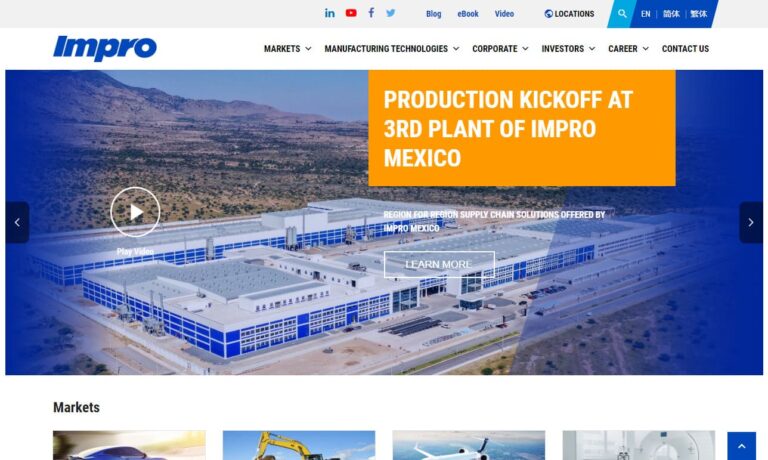
More Iron Casting Companies
The impurities sulfur and phosphorus, as well as fluctuating concentrations of silicon and manganese, are also present in trace amounts in cast iron. Cast iron is created by reducing iron ore in a blast furnace. The liquid iron is cast, poured, and then solidified to create crude ingots known as pigs. Then, in cupola furnaces, these pigs are remelted with scrap and other alloying components, then recast into molds to create a range of items.
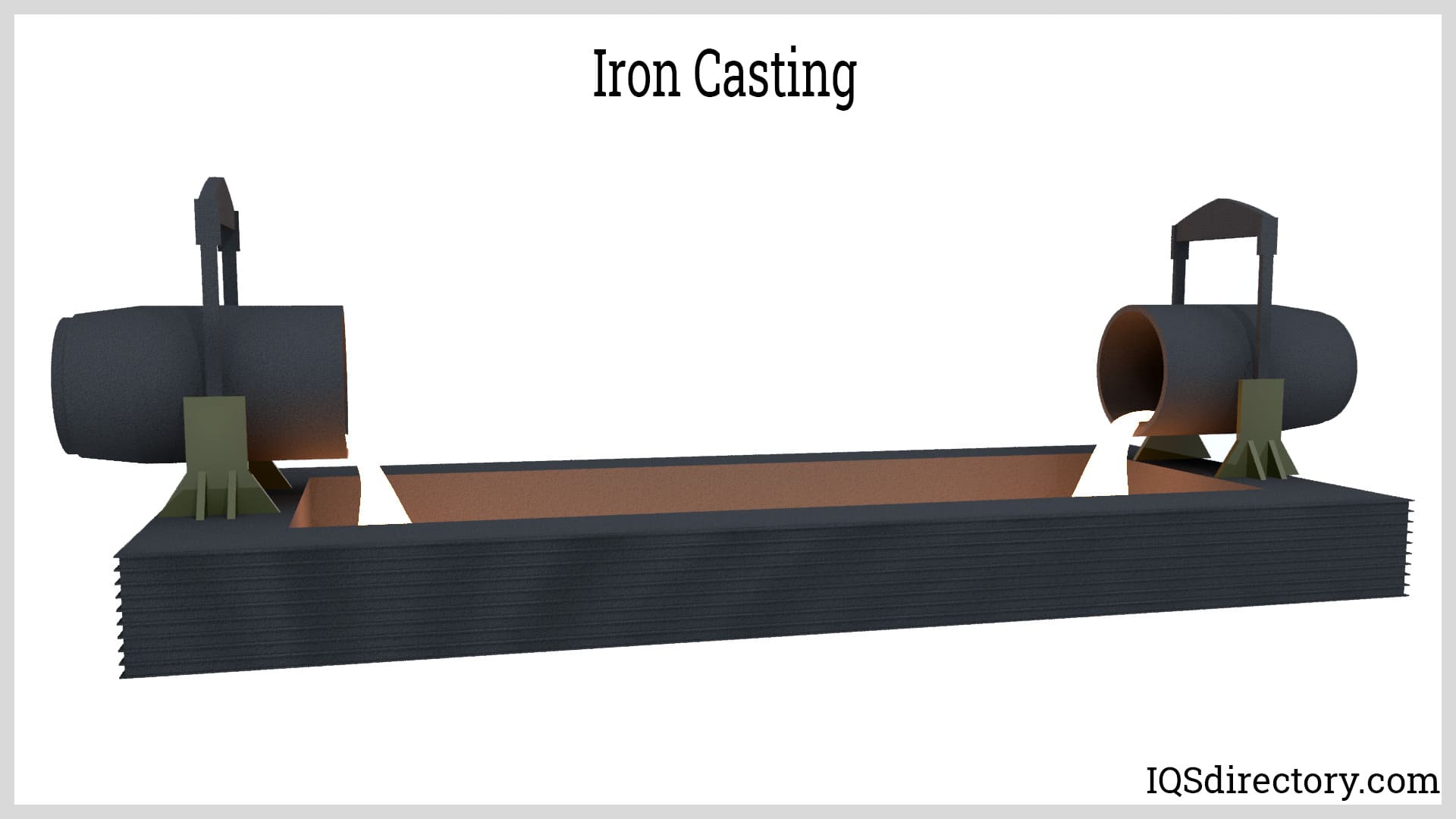
Mechanical Properties of Iron Casts
Hardness – Resistance of a material to abrasion and indentation
Toughness – The ability of cast iron to absorb energy
Ductility – The capacity of a substance to deform without breaking
Elasticity – The capacity of a substance to revert to its original proportions after deformation
Malleability – The capacity of a material to flex under compression without rupturing
Tensile strength – The maximum longitudinal stress that a material can withstand without breaking
Fatigue strength – The maximum stress a material can endure during a specified number of cycles without breaking
How Iron Castings are Made
Iron ore is melted in a blast furnace to produce pig iron, which is then used to make cast iron. Cast iron can also be produced by remitting pig iron or extracting it from the molten state. This process is frequently carried out with significant amounts of iron, steel, limestone, and coke, which is carbon. The undesired pollutants are subsequently removed in several procedures and confined.
Although contaminants like sulfur and phosphorus can be burned off molten iron, this has the drawback of also burning off the necessary carbon, which needs to be supplied. Carbon and silicon levels are changed depending on how the final product is used. These percentages could range from 2% to 3.5% and 1% to 3%, respectively. Before the finished product is cast, more desirable components must be added to the melt.
The casting process occurs when liquid metal is poured into a mold with a negative compression of the desired shape, typically a crucible. First, metal is poured into the mold through a spree, a hollow tube. Then, after cooling the metal and the mold, the casting's metal component is removed.
Casting is most frequently used to create shapes that would be difficult or expensive to create using other production techniques. Traditional casting methods used in this casting project include lost wax casting. This type can be further broken down into centrifugal casting and vacuum-assist direct pour casting. Sand casting and casting using a platter mold are also included.
Iron Casting Types
Gray Cast Iron
The graphic microstructure, which can fracture the material and give it a gray appearance, gives gray cast iron its distinctive appearance. As a result, this particular cast iron type is the most often utilized and widely used cast material in terms of weight. The chemical disintegration of the bulk of gray cast irons includes 2.5 percent to 4 percent carbon, 1 percent to 3 percent silicone, and the remaining iron.
Malleable Iron
Malleable iron can be produced from white iron using heat treatment. Long-term heating and cooling cause the iron carbide molecules to disintegrate, releasing free graphite molecules into the iron and combining alloys and various cooling rates resulting in a malleable iron with a microcrystalline structure.
Ductile Iron Casting
Ductile iron casting is also known as nodular cast iron and contains very small nodules of graphite arranged in concentric layers to produce the nodules. As a result, ductile cast iron possesses the characteristics of a spongy steel without the stress concentration effects brought on by graphite flakes.
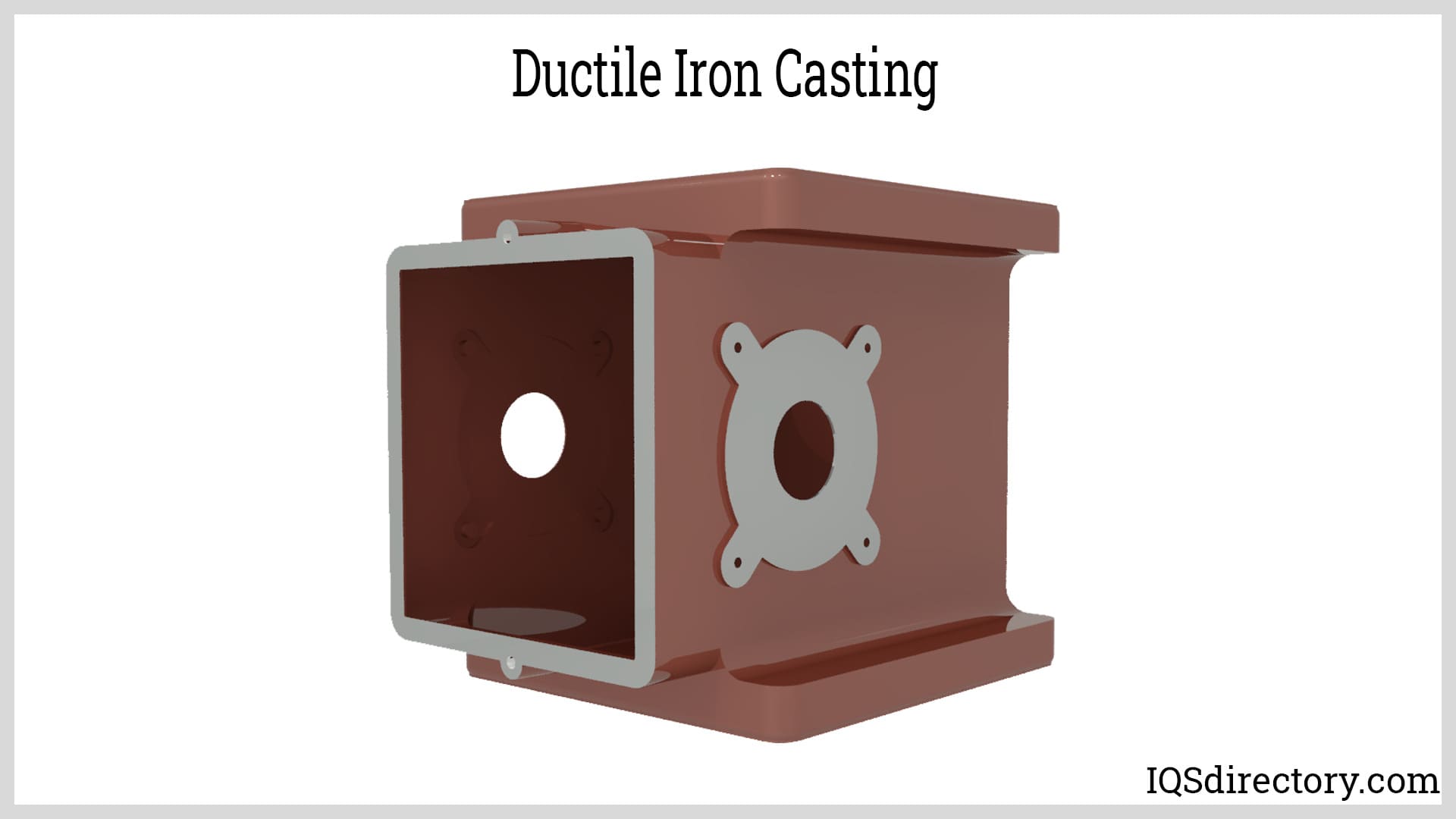
Applications
- It is used to create pipes and transport appropriate fluids.
- It is utilized to create various machinery.
- It is utilized to make automotive components.
- It is used to create utensils, pots, and pans.
- It is utilized to create ship anchors.
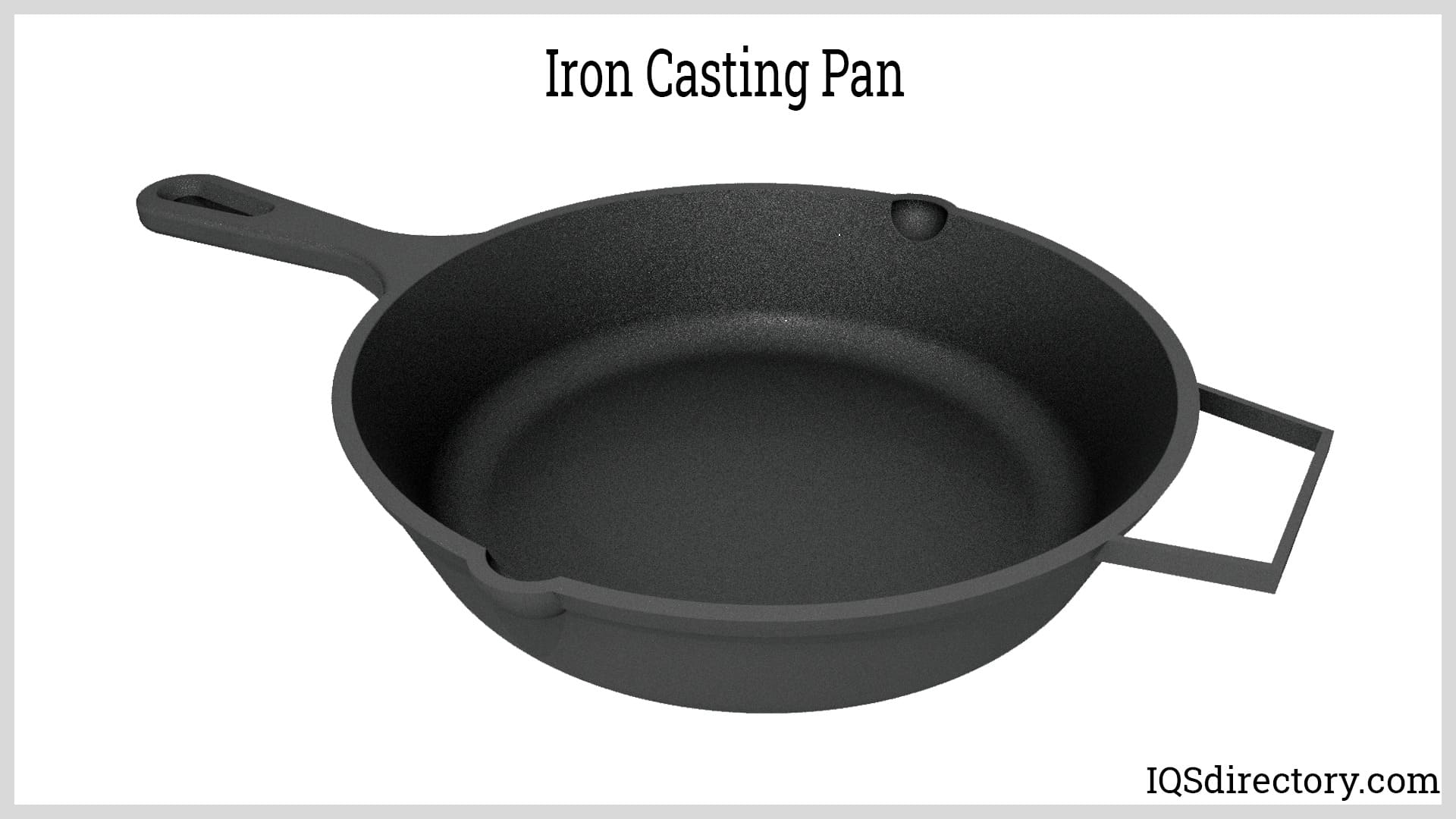
Benefits of Cast Iron
- It offers effective casting qualities.
- Because it is readily available in huge amounts, it is mass-produced. The equipment needed for the casting process is rather inexpensive. This combination of mass production and inexpensive equipment causes its products to be inexpensive.
- Compared to steel, it offers three to five times more compression strength. It also has good machinability (gray cast iron).
- As a result of its outstanding anti-vibrational characteristics, it is utilized to create machine frames.
- It has very low-notch sensitivity and high wear resistance. In addition, its mechanical qualities are stable between 20 and 350 degrees Celsius.
- Low stress and low expense are its main characteristics.
- It is durable.
Selecting the Proper Iron Casting Manufacturer
To ensure you have the most positive outcome when purchasing iron castings from an iron casting manufacturer, it is important to compare several companies using our directory of iron casting manufacturers. Each iron casting manufacturer has a business profile page highlighting their areas of experience and capabilities, along with a contact form to directly communicate with the manufacturer for more information or request a quote. Review each iron casting business website using our proprietary website previewer to quickly learn what each business specializes in. Then, use our simple RFQ form to contact multiple iron casting companies with the same form.




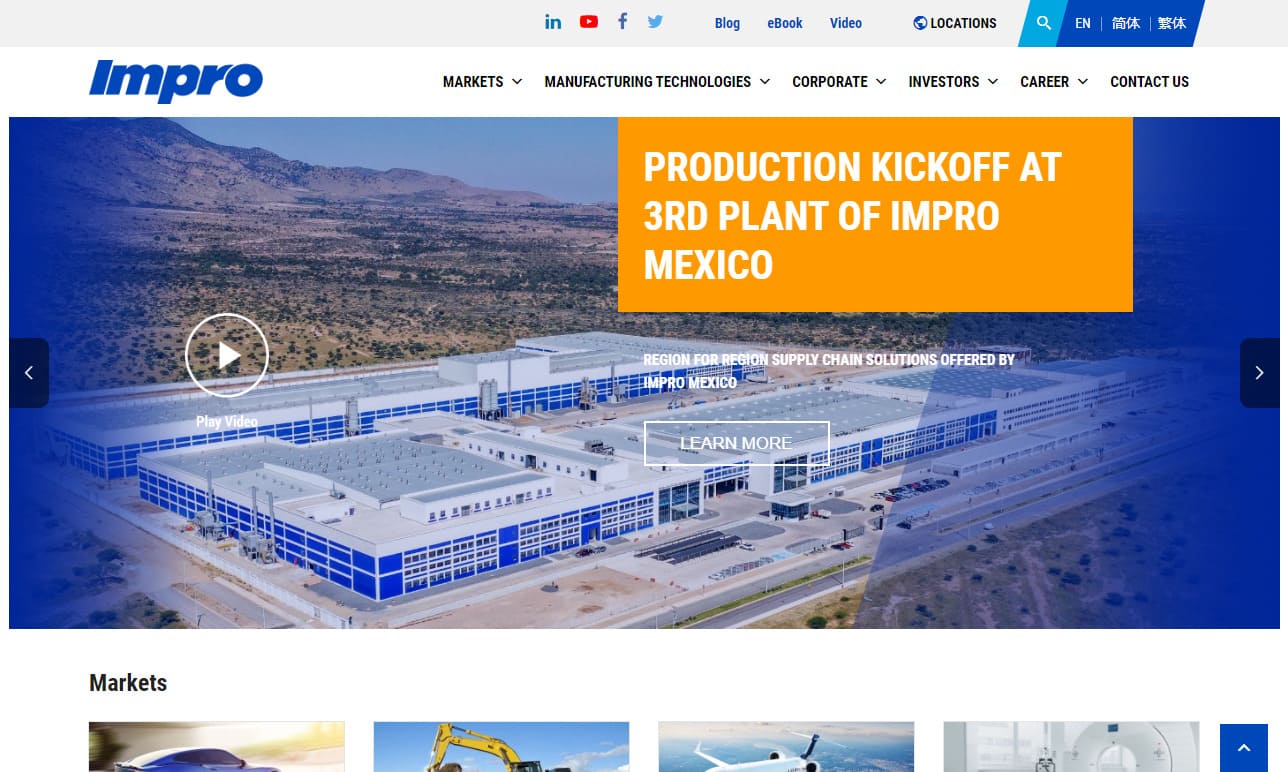
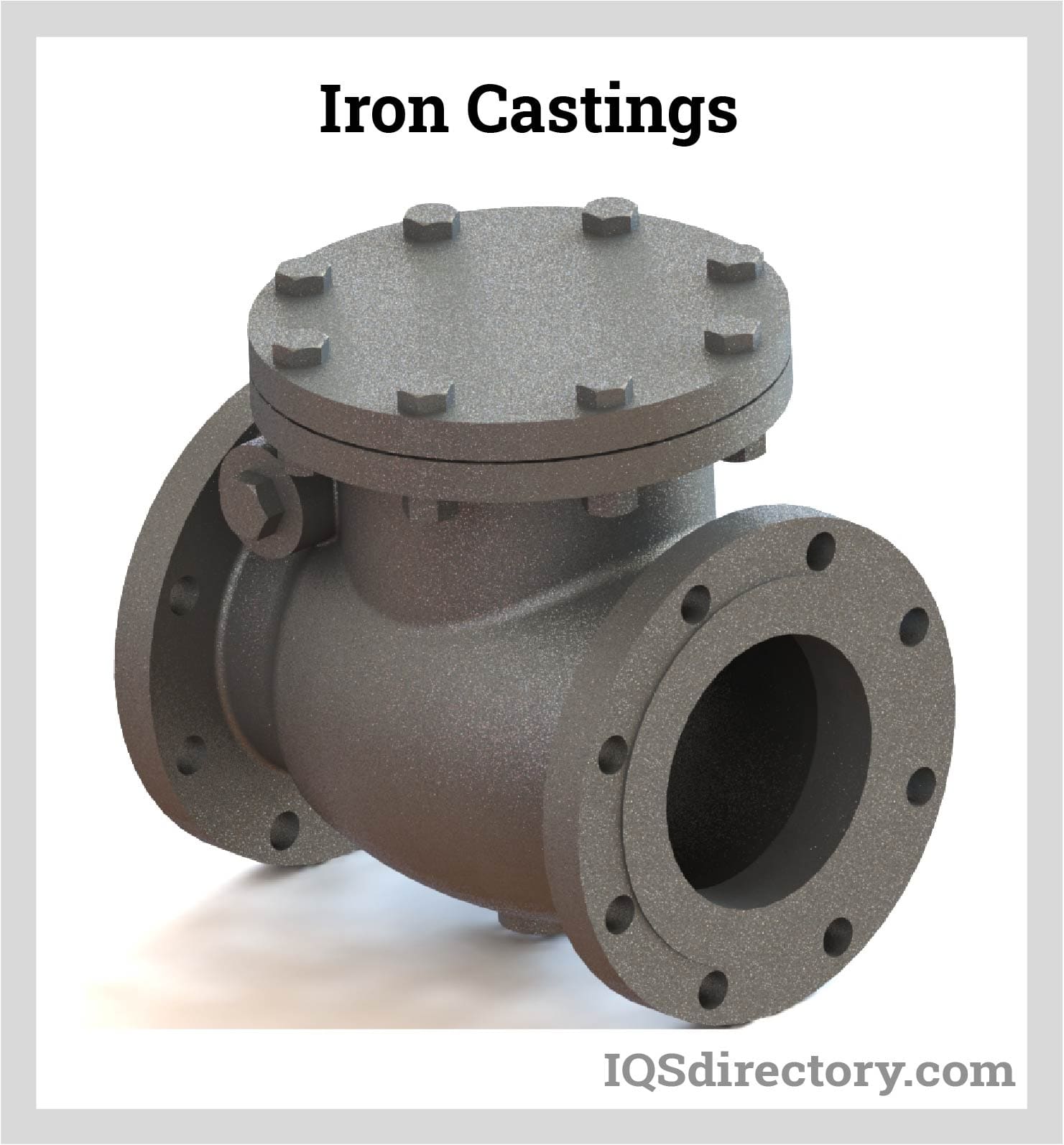
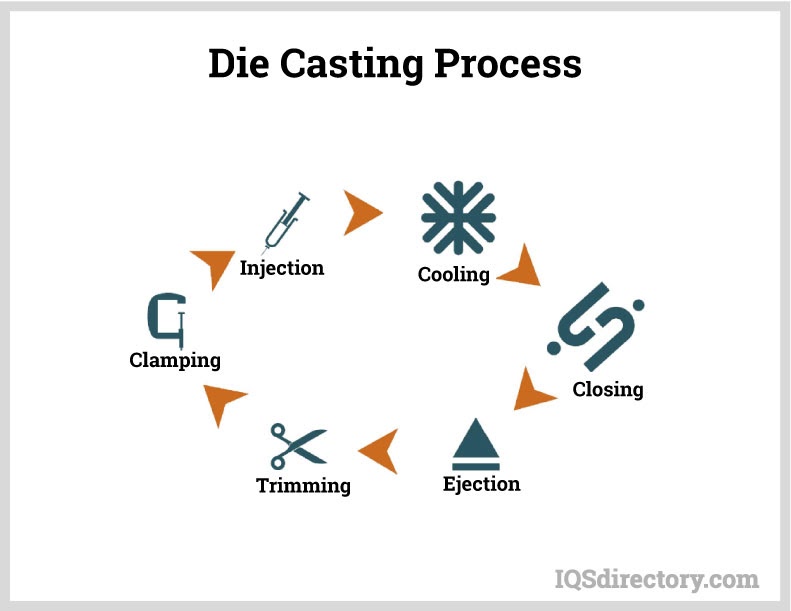
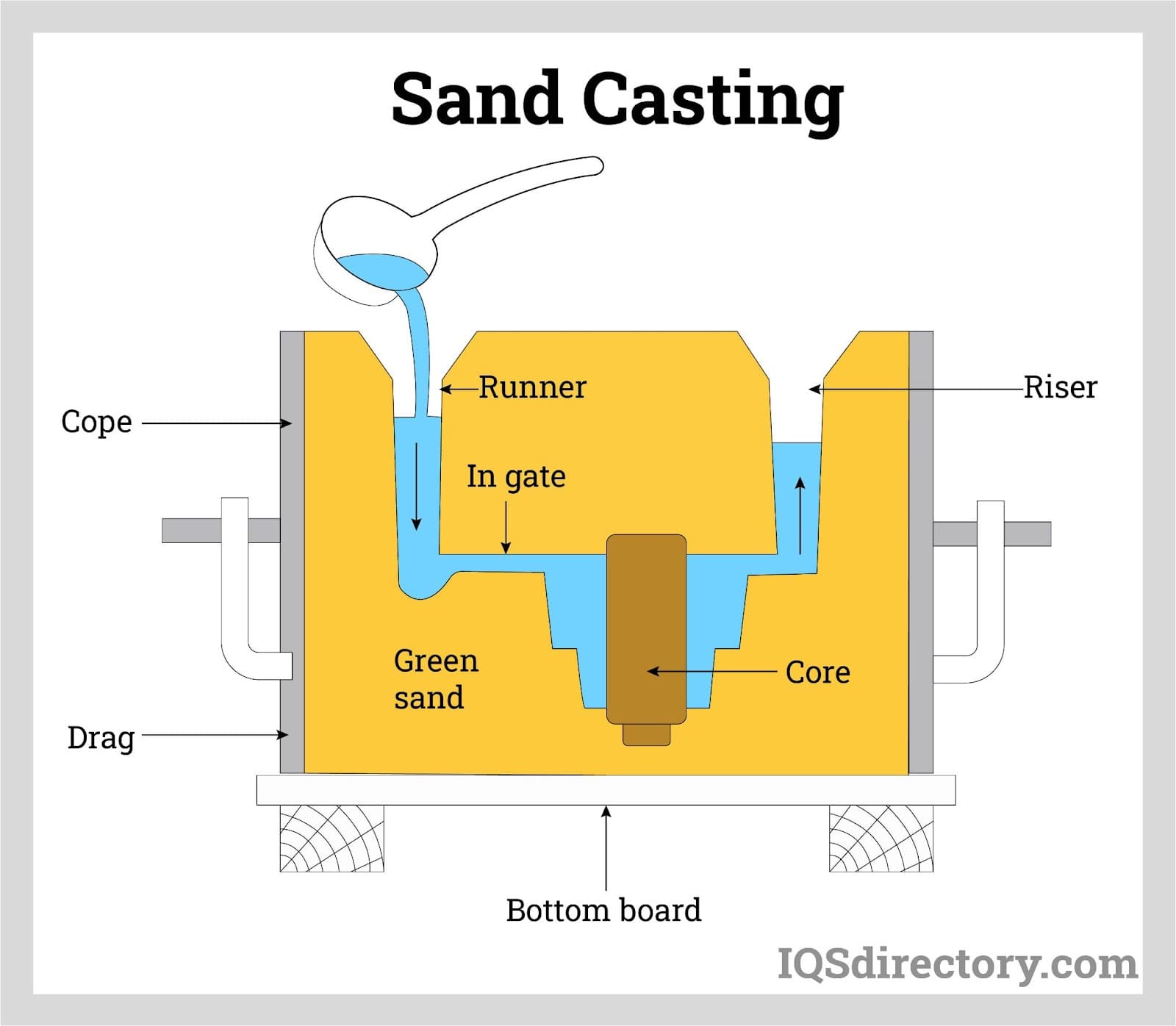
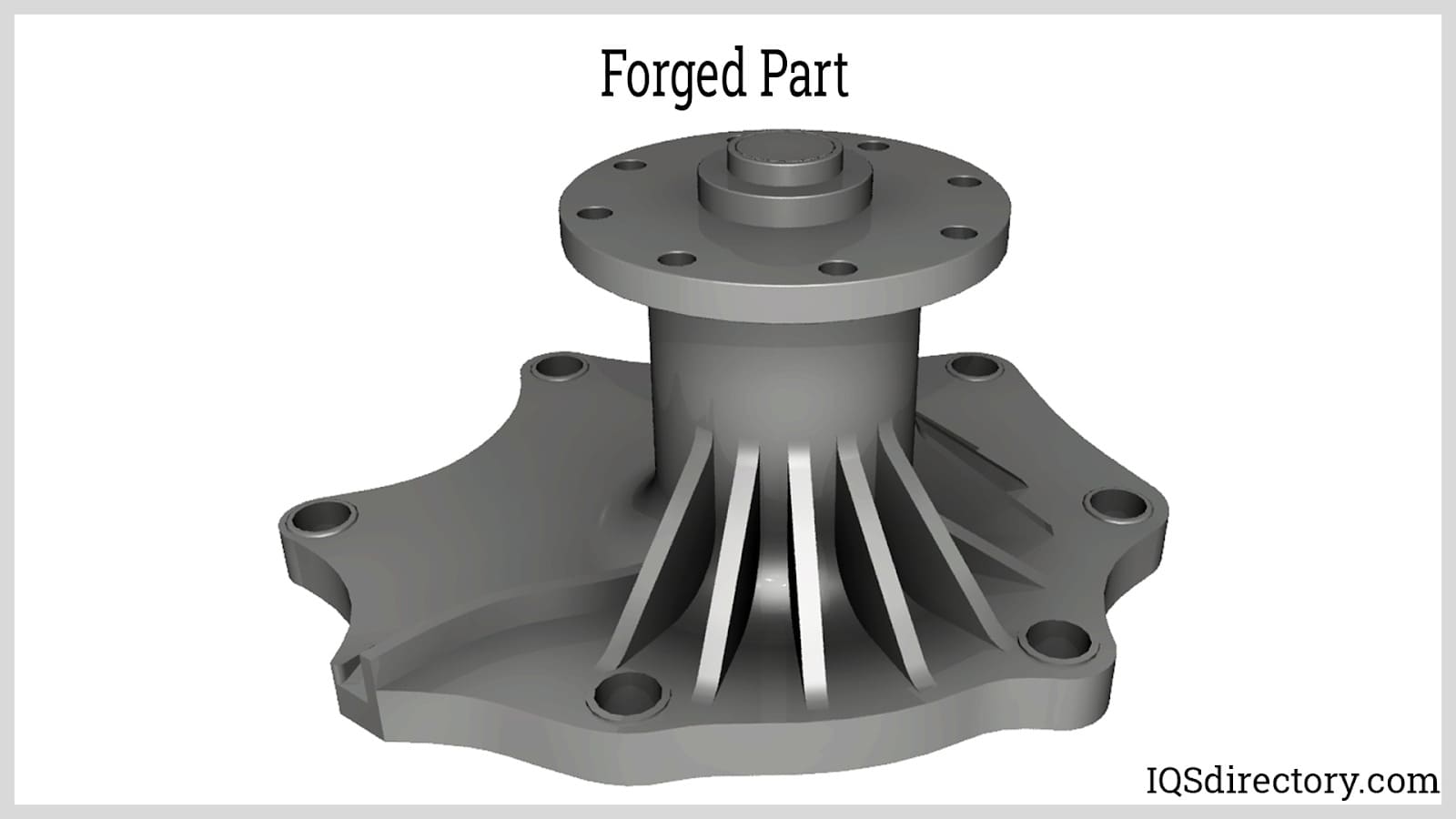
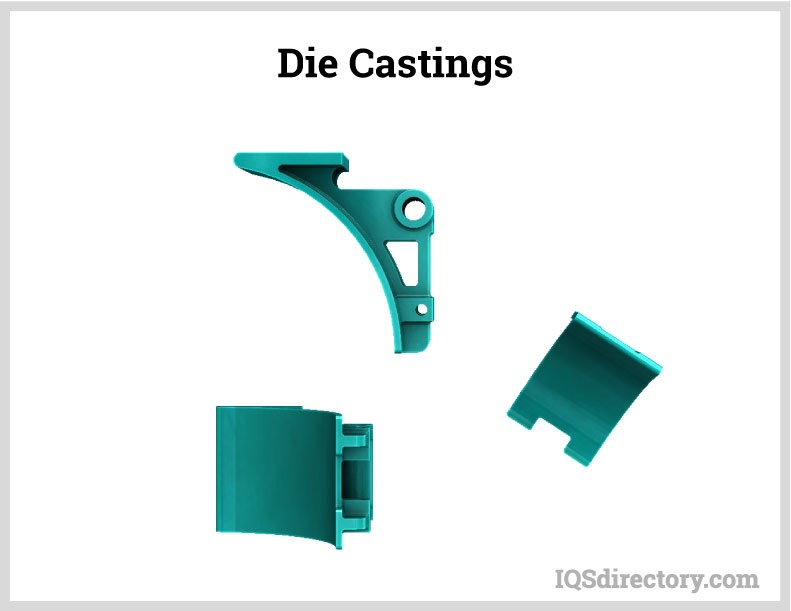
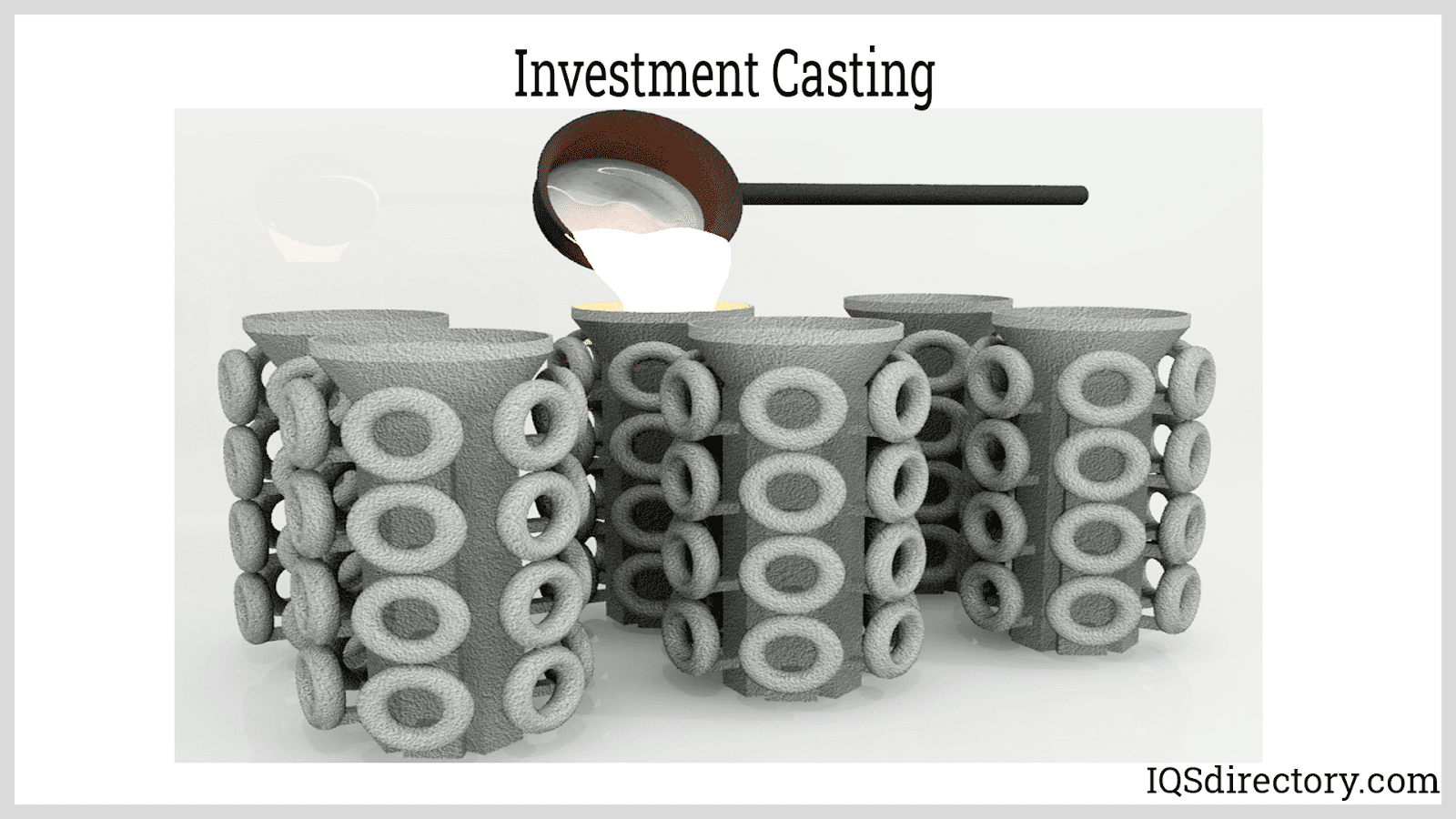
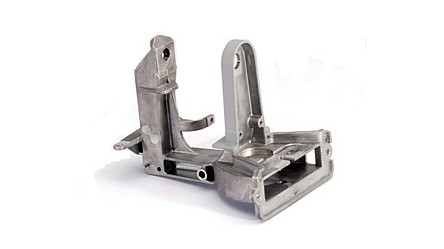 Die Castings
Die Castings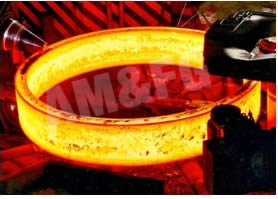 Forgings
Forgings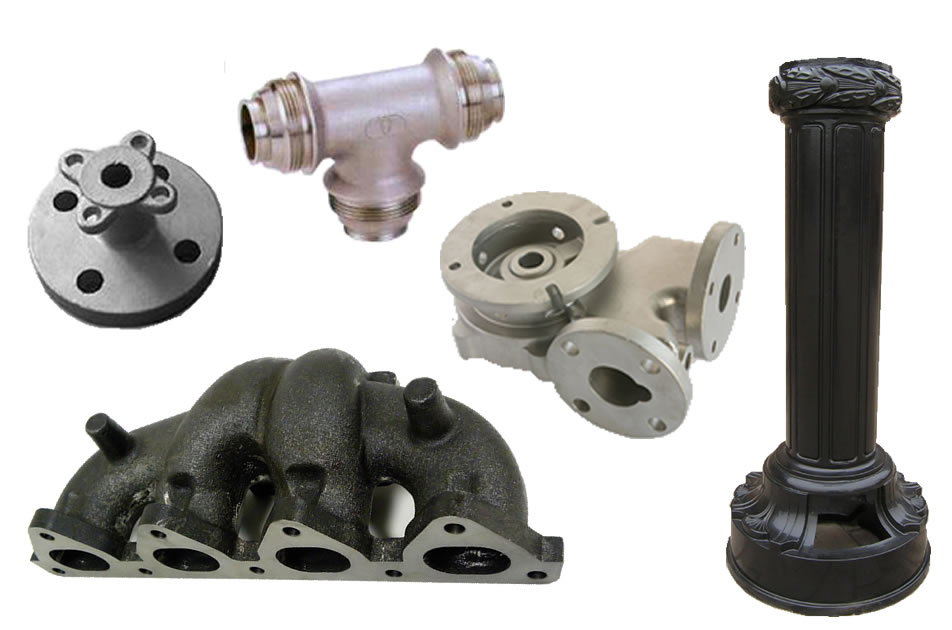 Grey Iron Castings
Grey Iron Castings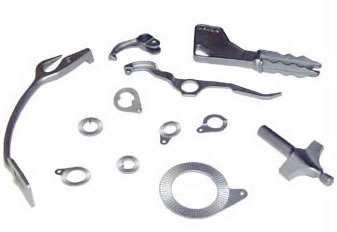 Investment Castings
Investment Castings Castings & Forgings
Castings & Forgings Bulk Material Handling
Bulk Material Handling Electrical & Electronic Components
Electrical & Electronic Components Flow Instrumentation
Flow Instrumentation Hardware
Hardware Material Handling Equipment
Material Handling Equipment Metal Cutting Services
Metal Cutting Services Metal Forming Services
Metal Forming Services Metal Suppliers
Metal Suppliers Motion Control Products
Motion Control Products Plant & Facility Equipment
Plant & Facility Equipment Plant & Facility Supplies
Plant & Facility Supplies Plastic Molding Processes
Plastic Molding Processes Pumps & Valves
Pumps & Valves Recycling Equipment
Recycling Equipment Rubber Products & Services
Rubber Products & Services